As pet owners, we are always attentive to the needs of our furry friends. We strive to ensure that they are happy, healthy, and comfortable in their daily lives. However, sometimes, we may notice unusual behaviour in our pets that can leave us puzzled and concerned.
One such behaviour is when a dog twitches when touched on the back. While this behaviour may seem harmless, it is essential to understand why your dog is experiencing these spasms to ensure their well-being.
Here, we will delve into various causes behind dog twitches. Additionally, we will guide you on identifying serious symptoms related to twitching and when you should be worried about your dog’s health. Read on to learn more about this common health concern among dogs.
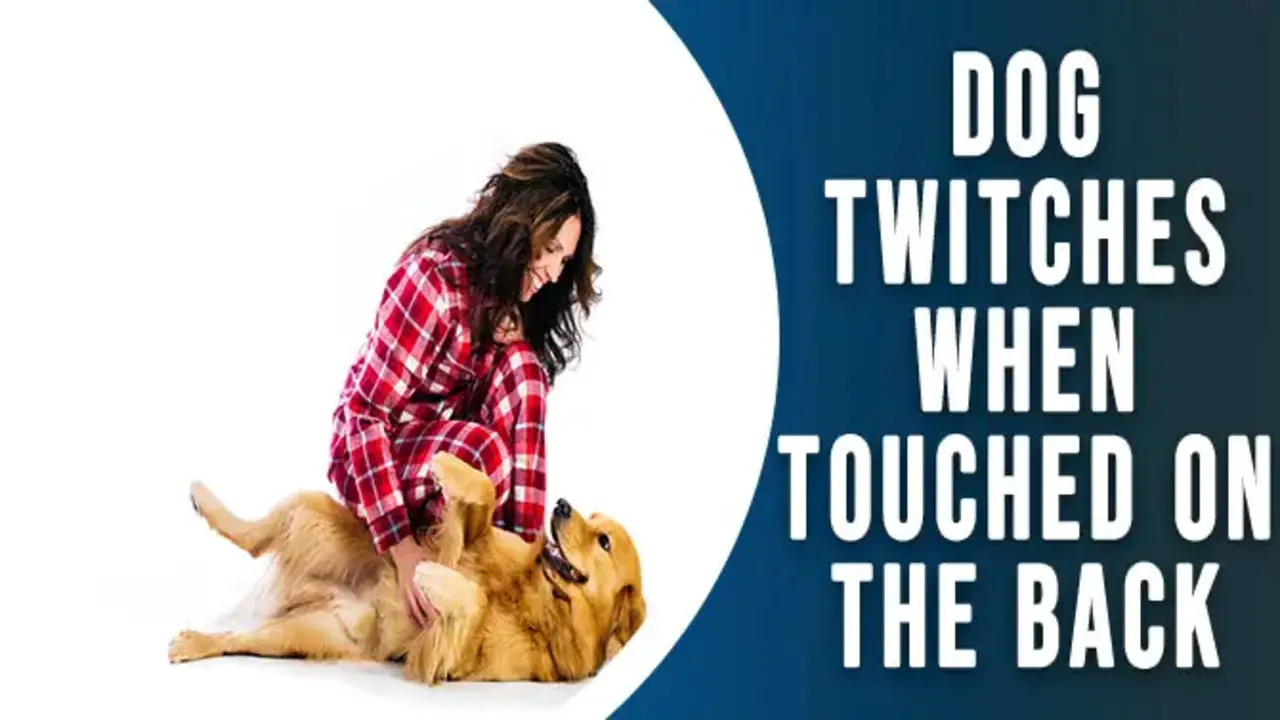
What Is Dog Twitch?

Dog twitching when touched on the back is a common behaviour that can have various causes. Dog twitching can be a sign of discomfort or pain, such as muscle spasms or nerve irritation. It can also be a reflex response to being touched in a sensitive area.
In some cases, dog twitching may be a normal reaction to certain sensations, similar to how humans might flinch when tickled or startled. Suppose you notice your dog twitching when touched on the back. In that case, it is important to observe their overall behaviour and consult with a veterinarian if you have any concerns about their health or well-being.
What Are Muscle Spasms In dogs?
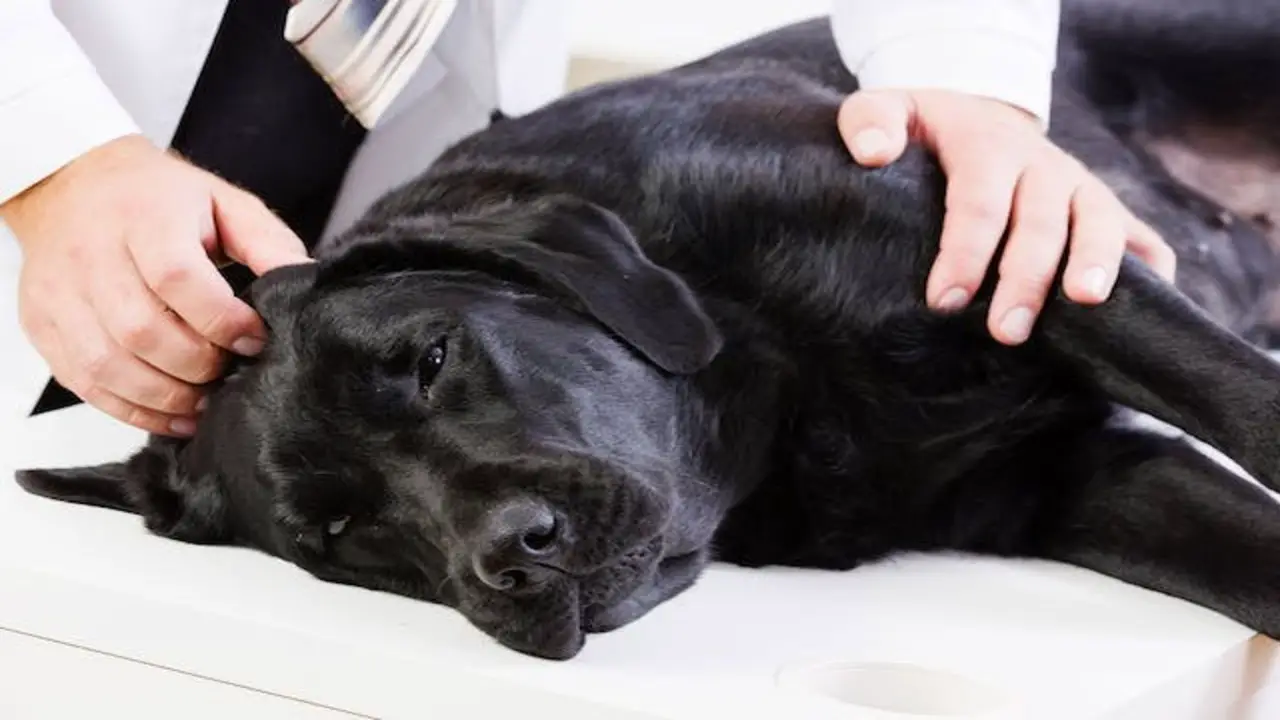
Muscle spasms in dogs are involuntary contractions of the muscles. They can be caused by a variety of factors, including overexertion, injury, stress, or even anxiety, muscle strains. Muscle spasms are often accompanied by pain and can cause your dog to twitch when touched on the back. Spasms in dogs can also be a sign of an underlying illness. Such as:
- Muscle twitches
- Muscle damage
- Muscle injury
- Involuntary Muscle
- Muscle contractions interrupted
You can reduce back pain in dogs using heat or cold therapy, physical activity, warm baths, massage therapy, herbal muscle relaxers, and anti-inflammatory medications (if prescribed by your vet).
If you notice that your dog is regularly experiencing muscle spasms, it is important to talk to your veterinarian underlying condition and make sure that there is no underlying medical issue.
Why Does My Dog Twitches When Touched On The Back? – Causes & Treatment
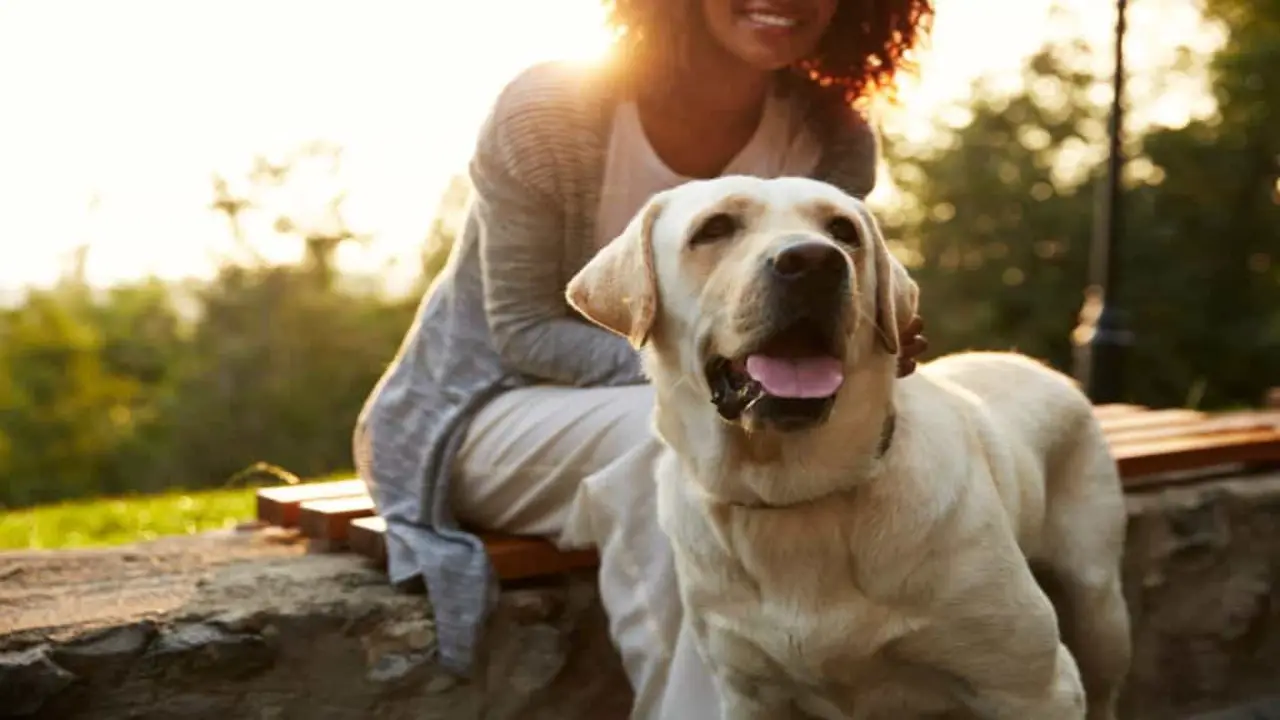
There can be several reasons why a Dog Twitches When Touched On The Back. Some possible causes include. Suppose you notice that your dog consistently twitches when touched on the back and shows other signs of distress or discomfort. In that case, it’s important to consult with a veterinarian to rule out any underlying medical conditions and ensure your furry friend receives appropriate care.
- Nervousness
- Blurry Vision
- Confusion
- Fear
- Back Injury
- Neurological Damage
- Hypoglycemia
- Skin Irritation
- Age-Related Changes
Here is a detailed discussion of causes why a dog may twitch when touched on the back:
1.Nervousness
Nervousness can be a common reason dog twitches when-touched on the back. Some dogs may have had negative experiences in the past that make them anxious or fearful when touched in certain areas. It’s important to approach your dog with patience and understanding, allowing them to feel safe and secure.
Gradually desensitizing your dog to being touched on the back can help alleviate their nervousness over time. This can be done by starting with gentle touches and gradually increasing pressure as your dog becomes more comfortable. If your dog’s twitching persists or worsens, it may be best to consult with a veterinarian or professional trainer for further guidance and support.
2.Blurry Vision
Blurry vision can be a reason your dog twitches when-touched on the back. It is possible that your dog’s eyesight is not as sharp as it used to be, causing them to react with a twitch when their back is touched. This could be due to age-related changes or underlying eye conditions such as cataracts or glaucoma.
If you notice this behavior in your dog, it is important to have their vision checked by a veterinarian. They can determine the cause of the blurry vision and recommend appropriate treatment or management options to help improve your dog’s comfort and overall well-being.
3.Confusion
When a dog twitches when-touched on the back, it can be a sign of confusion or discomfort. Dogs have sensitive nervous systems, and certain areas of their bodies may be more sensitive than others. If your dog twitches when you touch their back, it could mean that they are unsure about the sensation or that it is causing them discomfort.
It’s important to observe your dog’s body language and behavior to determine if there are any other signs of distress or pain. If you notice any other concerning symptoms, it is best to consult with a veterinarian to rule out any underlying health issues and find an appropriate solution for your furry friend.
4.Fear
When a dog twitches when touched back, it could be a sign of fear or anxiety. Dogs can have different triggers for fear, such as past traumatic experiences or unfamiliar situations. It is important to identify the root cause of your dog’s fear and work on desensitizing them to help them feel more comfortable and secure.
Gradual exposure to the trigger, positive reinforcement, and professional training can be effective in helping your dog overcome their fearfulness. However, it is crucial to consult with a veterinarian or a certified animal behaviorist to develop an appropriate plan tailored to your dog’s specific needs. Remember, patience and understanding are key when dealing with a fearful dog.
5.Back Injury
If your dog twitches when-touched on the back, it could be a sign of a back injury. Dogs can experience back injuries from jumping or falling, or they may develop conditions like intervertebral disc disease. These injuries can cause pain and sensitivity in the back, leading to twitching or flinching when touched.
If you suspect that your dog has a back injury, it is important to seek veterinary attention. Your vet can perform a thorough examination and recommend appropriate treatment options, which may include rest, medication, physical therapy, or even surgery in severe cases. It is crucial to address back injuries promptly to prevent further damage and promote your dog’s comfort and well-being.
6.Neurological Damage
Neurological damage can be one of the reasons a dog twitch touches the back. This can occur due to various factors, such as spinal cord injuries, nerve damage, or neurological disorders. In some cases, the twitching may be a result of pain or discomfort in the affected area.
It is important to consult with a veterinarian to determine the underlying cause of the twitching and to develop an appropriate treatment plan. Depending on the severity of the neurological damage, treatment options may include medication, physical therapy, or surgery.
7.Hypoglycemia
Hypoglycemia, or low blood sugar, can be a possible reason why your dog twitches when touched back. When blood sugar levels drop too low, it can cause muscle spasms or twitching in dogs. This is more commonly seen in small-breed dogs or puppies who may have difficulty regulating their blood sugar levels.
Blood pressure, and provide treatment to restore your pet’s blood sugar levels.
If you suspect that hypoglycemia is the cause of your dog’s twitching, it is important to consult with your veterinary intervention for proper diagnosis and treatment. They may recommend dietary changes, medication, or other interventions to help stabilize your dog’s blood sugar levels and alleviate the twitching symptoms.
8.Skin Irritation
One possible reason why a dog may twitch when touched on the back is skin irritation. Just like humans, dogs can experience itchiness or discomfort due to various factors such as allergies, insect bites, or skin infections. When their back is touched, it can trigger a response in the nervous system, causing them to twitch or react involuntarily.
If your dog displays this behavior and activity levels, it is important to examine their skin for any signs of redness, rash, or irritation. Consulting with a veterinarian can help determine the underlying cause and provide appropriate treatment options to alleviate your furry friend’s discomfort.
9.Age-Related Changes
As dogs age, they may experience changes in their nervous system and muscle function, muscular issue, behavioral issues, which can cause them to twitch when touched on the back. This is often due to a condition called degenerative myelopathy, which affects the spinal cord and can lead to weakness and muscle tremors.
While there is no cure for degenerative myelopathy, there are ways to manage the symptoms and improve your dog’s quality of life. Regular exercise, physical therapy, and medications can help alleviate discomfort and slow down the progression of the disease. It is important to consult with your veterinarian for a proper diagnosis and treatment plan tailored to your dog’s specific needs.
Tips For Comforting Your Twitching Dog
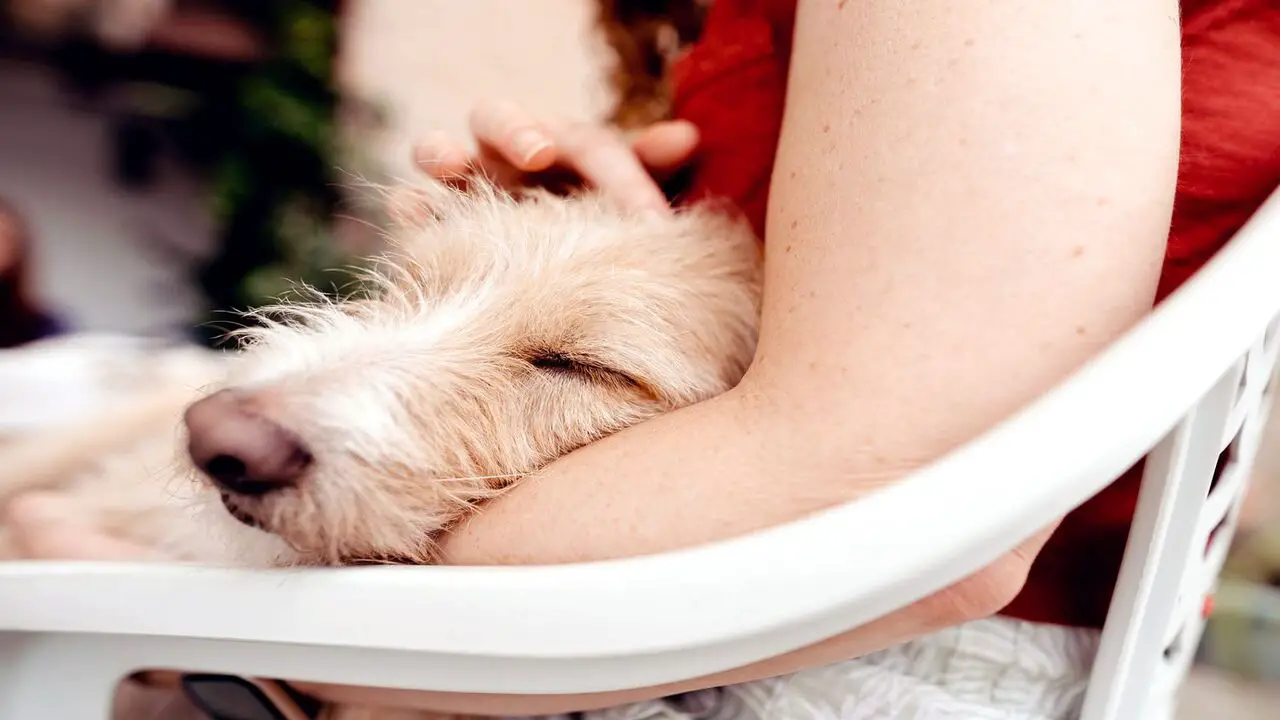
If your dog twitches when touched the back, it could be a sign of discomfort or sensitivity in that area. Here are some tips to help comfort your twitching dog. By following these tips, you can comfort your twitching dog very easily.
- Approach with Caution: When touching your dog’s back, approach slowly and gently to avoid startling or causing further discomfort.
- Offer Reassurance: Speak to your dog in a calm and soothing voice to help them feel safe and secure.
- Massage Therapy: Consider giving your dog a gentle massage to help relax their muscles and alleviate any tension or discomfort.
- Consult a Veterinarian: If your dog’s twitching persists or is accompanied by other symptoms, it is important to consult a veterinarian for further evaluation and guidance. They can provide a proper diagnosis and recommend appropriate treatment options.
Other Tips On How To Treat Dog Twitch?
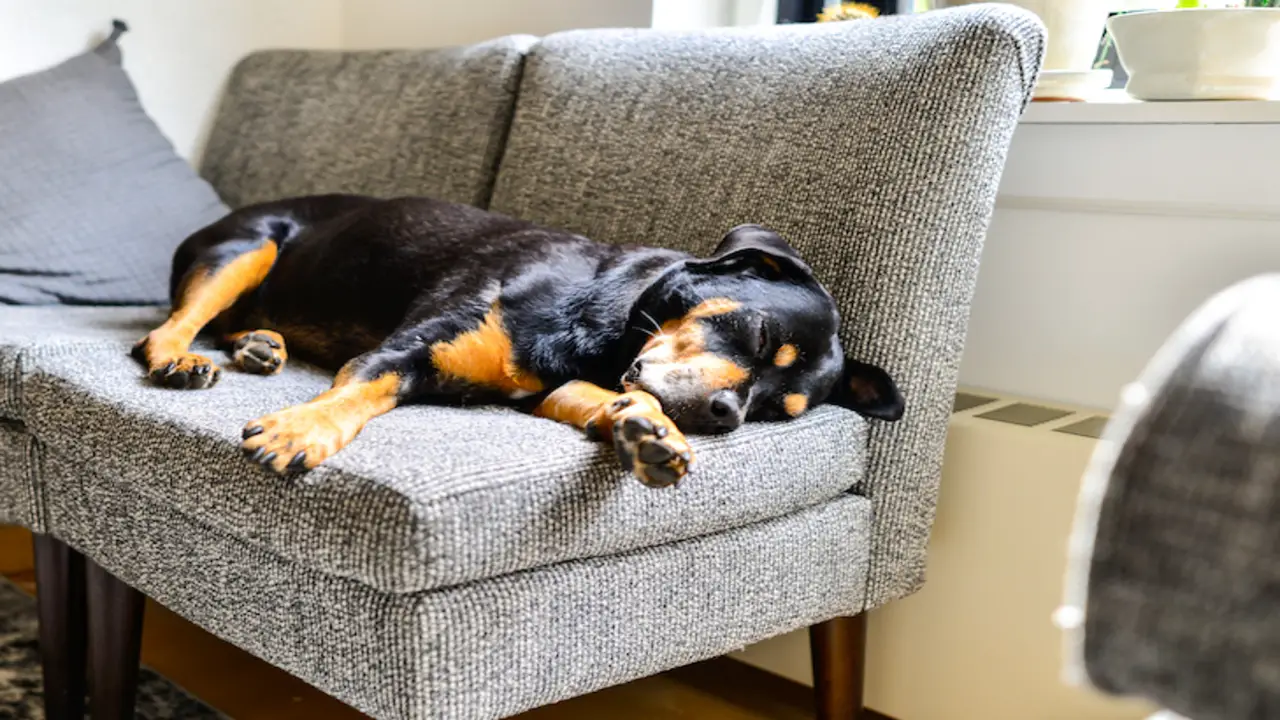
If your dog twitches when touched the back, it may be a sign of discomfort or sensitivity in that area. Here are some ways to treat and alleviate the twitching. Remember, each dog is unique, so it’s essential to consult with a professional before attempting any treatments.
- Consult With A Veterinarian: It is important to rule out any underlying medical conditions that may be causing the twitching. A vet can perform a thorough examination and guide further steps.
- Gentle Touch: When touching your dog’s back, use gentle and soothing strokes. Avoid applying too much pressure or causing any discomfort.
- Massage Therapy: Consider seeking professional help from a certified canine massage therapist. They can provide targeted massages to relax the muscles in your dog’s back and potentially reduce twitching.
- Stress Management: Twitching can sometimes be a response to stress or anxiety. Provide a calm and safe environment for your dog, and consider incorporating relaxation techniques such as music therapy or aromatherapy.
- Supplements Or Medication: In certain cases, your vet may recommend supplements or medications to address any underlying issues contributing to the twitching.
Preventive Measures To Reduce Twitches In Dogs
If your dog twitches when touched back, there are some preventive measures you can take to reduce these twitching episodes. Here are some tips to help you out. Remember, every dog is unique, so what works for one may not work for another. It’s important to be patient and understanding as you work towards reducing your dog’s twitching when touched on the back.
- Gradually Desensitize Your Dog To Touch. Start by gently stroking their back and gradually increase the pressure over time. This can help them become more comfortable with being touched on the back.
- Pay Attention To Your Dog’s Body Language. If they show signs of discomfort or tension when touched on the back, try to avoid touching that area or adjust your approach.
- Provide Positive Reinforcement. Whenever your dog remains calm and relaxed when touched on the back, reward them with treats or praise. This can help them associate touch on the back with positive experiences.
- Consult With A Veterinarian. If your dog’s twitching episodes persist or worsen, it is important to seek professional advice from a veterinarian. They can conduct a thorough examination and provide appropriate recommendations for managing the twitching.
How To Identifying Serious Symptoms Related To Twitches
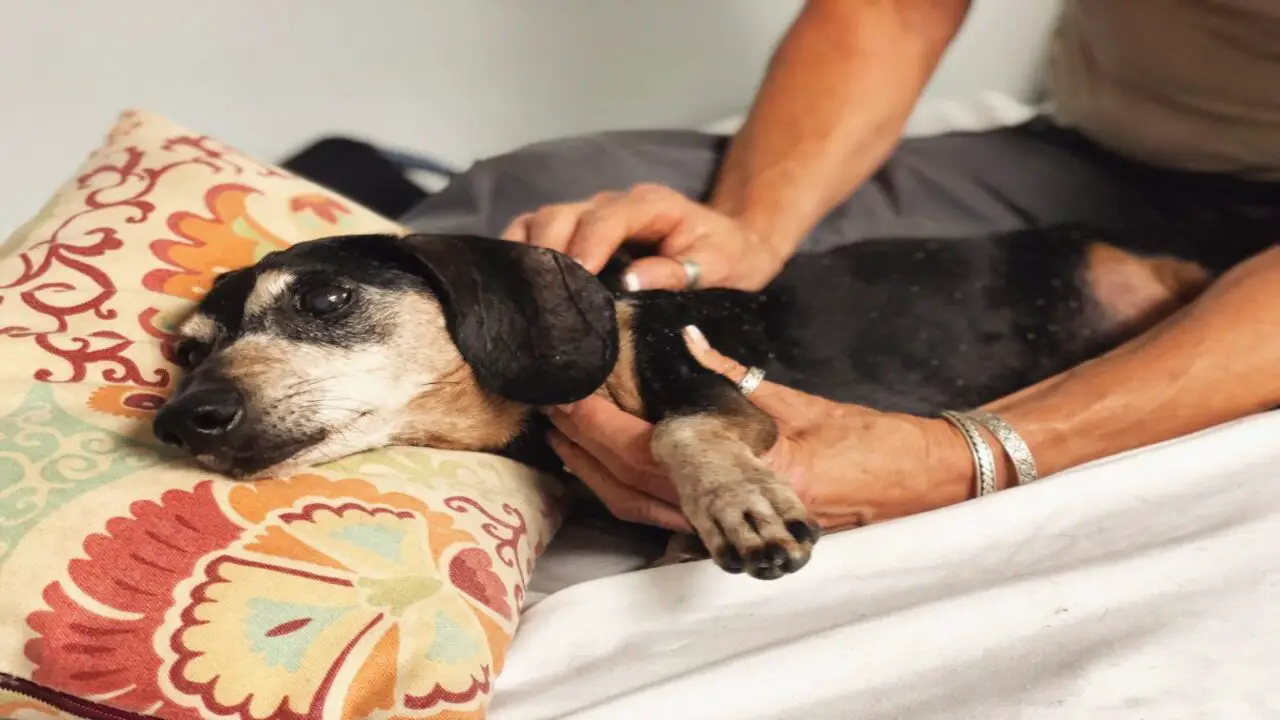
If your dog twitches when touched the back, it is important to pay attention to any accompanying symptoms that may indicate a more serious issue. Here are some signs to look out for. If you notice any of these symptoms, it is important to consult with your veterinarian for a proper diagnosis and treatment plan. They will be able to determine the underlying cause of the twitching and provide appropriate care for your furry friend.
- Excessive Twitching Or Spasms: If your dog’s twitching is frequent and intense, it could be a sign of a neurological disorder or nerve damage.
- Pain Or Discomfort: If your dog shows signs of pain or discomfort when touched on the back, it could indicate an injury or underlying health condition.
- Changes In Behavior Or Appetite: If your dog’s twitching is accompanied by changes in behavior, such as aggression, lethargy, or changes in appetite, it could be a sign of a more serious problem.
When Should You Be Worried About Your Dog’s Twitches?
If your dog twitches when touched on the back, it is important to pay attention to their behavior and determine if there are any other concerning symptoms present. While occasional cramps or muscle spasms may be normal for dogs, there are certain situations where you should be worried and seek veterinary attention. Here are some signs that indicate you should be concerned about your dog’s twitches:
- The twitching is persistent, occurring more often than usual.
- Your dog shows signs of pain or discomfort when touched on the back.
- Other abnormal behaviors, such as weakness or difficulty walking, accompany the twitching.
- Your dog experiences a sudden onset of twitching or seizures.
If any of these signs are present, it is best to consult with a veterinarian who can evaluate your dog’s condition and provide appropriate treatment if necessary.
When To Go To The Vet
If your dog twitches or reacts when touched on the back, it may be a cause for concern. While occasional twitching can be normal, persistent or excessive twitching could indicate an underlying issue. It is important to observe your dog’s behavior and look for any additional symptoms such as pain, discomfort, or changes in appetite or mobility.
If you notice any concerning signs or if the twitching persists, it is recommended to consult with a veterinarian. They can examine your dog, determine the underlying cause of the twitching, and provide appropriate treatment if necessary. Remember, it is always better to err on the side of caution when it comes to your pet’s health.
Conclusion
Dog twitching can have various causes, ranging from nervousness and fear to back injuries and neurological damage. It is important to observe the symptoms and understand when the twitching becomes a cause for concern. If your dog experiences frequent or severe twitching, it is recommended to consult a veterinarian for proper diagnosis and treatment. Hope now you know all about dog twitches when touched on the back.
In the meantime, you can provide comfort to your twitching dog by creating a calm and soothing environment. Taking preventive measures such as regular exercise, a balanced diet, and flea prevention can also help reduce twitching episodes. Remember, always prioritize your dog’s health and well-being and seek professional guidance when necessary.
Frequently Asked Questions
[rank_math_rich_snippet id=”s-c00fe46a-6b60-4b22-870a-5959634fdffc”]